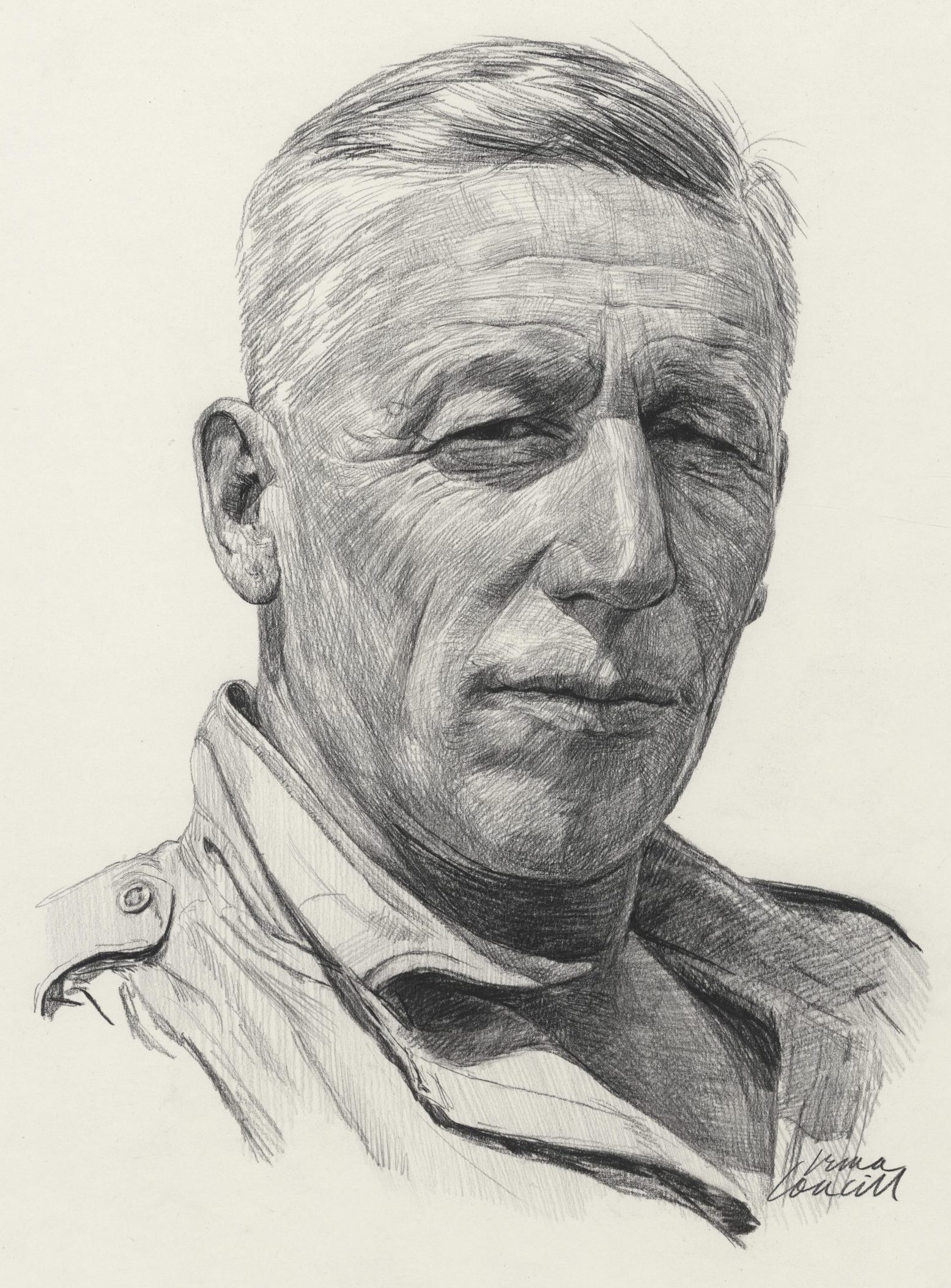Frank Archibald MacDougall

Birth Date: June 16, 1896
Birth Place: Toronto, Ontario
Death Date: June 27, 1975
Year Inducted: 1974
Awards: The McKee Trophy
His practical development of aircraft modifications and utilization, in the protection and preservation of forested areas and wilderness parks, has been of outstanding benefit to Canadian aviation
The Early Years
Frank Archibald MacDougall, B.Sc.F., was born in Toronto, Ontario, on June 16, 1896, and received his primary and secondary education at Carleton Place, Ontario. He attended Queen's University at Kingston, Ontario, during 1915, but left to enlist in the Royal Canadian Artillery. He served in France as a signaler and was injured by chlorine gas at Vimy Ridge. He returned at war's end to attend the University of Toronto, where he graduated in 1923 with a degree in forestry.
Work in Forestry
Following the war he worked on the temporary staff with the Ontario Provincial Forestry group and in 1922 took part in the James Bay survey which operated from a base near Kapuskasing. This was the summer of ravaging forest fires in northern Ontario, as well as the disastrous fire at Haileybury on the shore of Lake Timiskaming, with its devastating losses. That event made a distinct impression on MacDougall and had much to do with shaping his future career.
Forestry and Flight
The government of Ontario employed MacDougall in their forest survey branch during the summers of his university years, and following his graduation named him Assistant Forester of the Pembroke and Sault Ste. Marie district. In 1924 he was named district forester of the Sault St. Marie district, the same year the Ontario Provincial Air Service (OPAS) was formed. It was during this period he became convinced of the usefulness of aircraft in the protection of forests and in the administration of the province's parks. G.H.R. Phillips encouraged him and became his flying instructor. MacDougall gained his Commercial Pilot's Licence in 1930, eventually logging some 6,000 hours as pilot-in-command. He also obtained his Air Engineer's Certificate that same year.
Until 1924, when the Ontario government set up an air services, forest fires had been detected from ground patrol and from boats and canoes. They were fought by conventional methods using shovels and axes. The use of aircraft in the forestry service opened up other important uses of the airplane, including wildlife surveys and enforcing game regulations. The incidence of poaching, which during the 1930's had been a major problem, was practically wiped out.
From 1931 to 1941 MacDougall served as Superintendent of Algonquin Park and Chief Forester of the Pembroke district. With his broad spectrum of knowledge and experience, he was appointed Deputy Minister of Lands and Forests. The Department of Game and Fisheries was added to this portfolio in 1946.
Expansion of Air Services
MacDougall immediately became involved in the expansion and development of air services, with particular application not only to the detecting of forest fires, but in suppressing them by means of water-bombing from the air. His department was directly responsible for developing the water-bombing tanks to equip the fleet, and this method of combating forest fires has since been adopted by numerous other forestry protection air services. In addition, he developed the use of department aircraft for the administration of game and fish regulations, wild life surveys, and the movement of inspectors and other officers on forest management duties. The restocking of lakes and streams with game fish fingerlings dropped from aircraft was another function assumed by his department.
Aircraft Development
MacDougall's lengthy experience as a pilot, flying across unmapped and uninhabited areas, led him to take active steps in developing the Canadian-designed and built de Havilland Beaver and Otter aircraft to meet northern bush requirements. He gave both stimulus and initiative to the development of these world-famous aircraft by placing orders for them even before they had flown. The first OPAS Beaver was delivered in April 1948, and over the years the department owned 45 Beavers and 28 Turbo Beavers. It was through his foresight and decisions that the Ontario Department of Lands and Forests operates the world's largest fleet of government-owned aircraft on forest protection services. For these contributions to aviation he was awarded the Trans-Canada (McKee) Trophy for 1963. MacDougall retired from government service in 1966, on his 70th birthday. He died in Toronto on June 27, 1975.
Frank Archibald MacDougall was inducted as a Member of Canada's Aviation Hall of Fame in 1974 at a ceremony held in Edmonton, Alberta.
To return to the Inductee Page, please click here.
